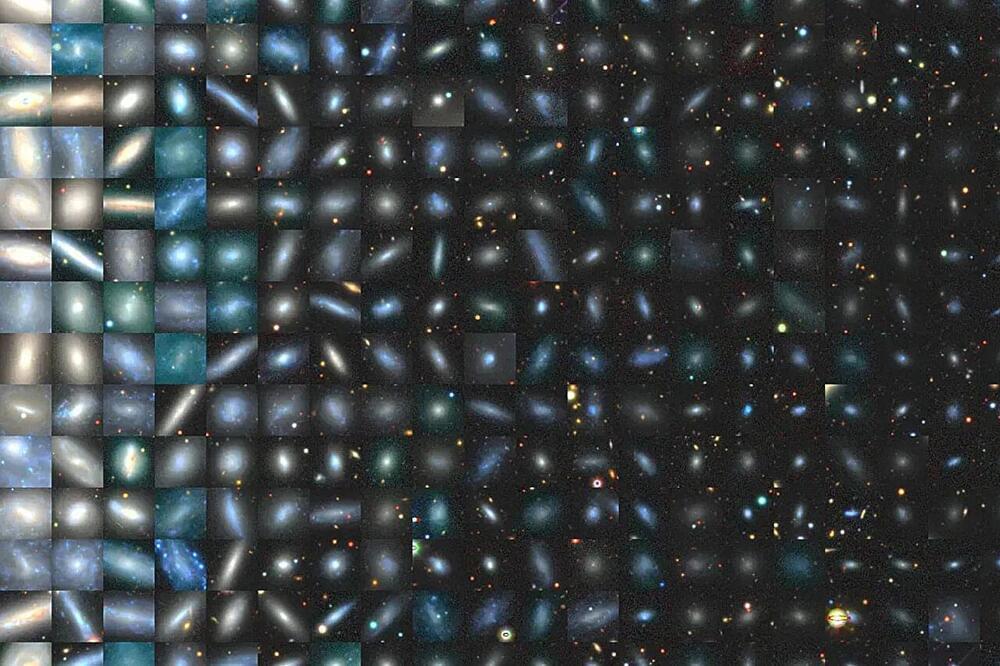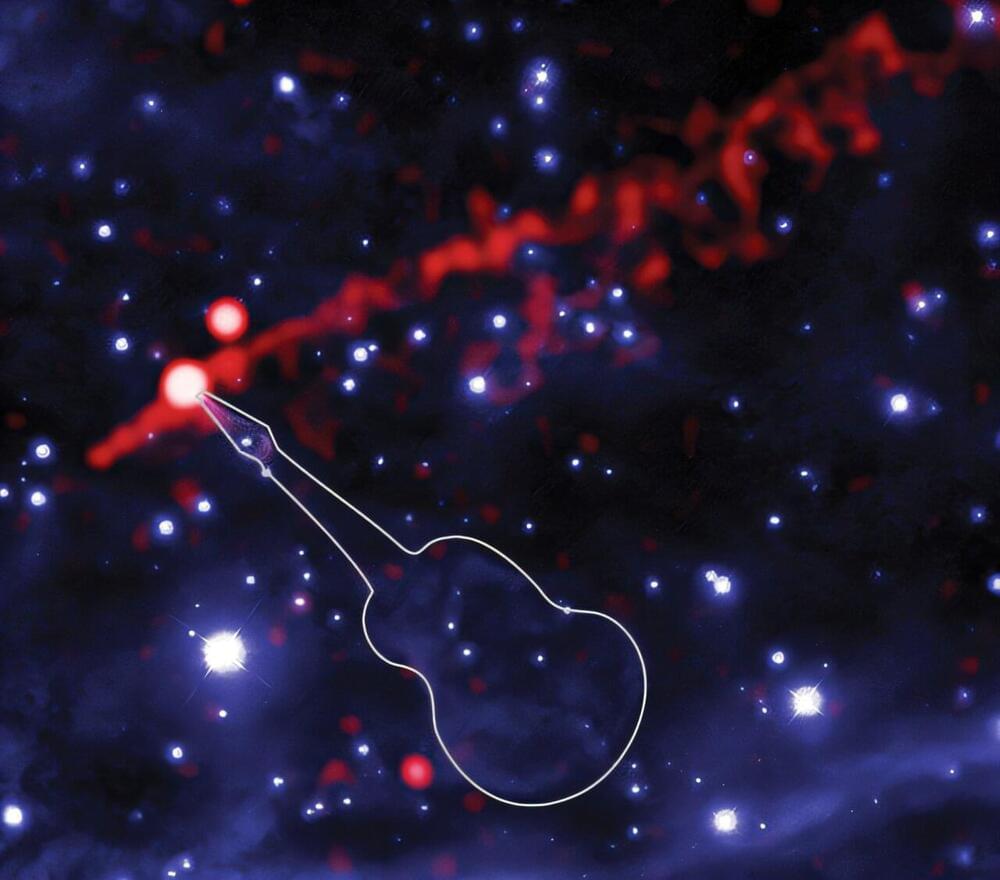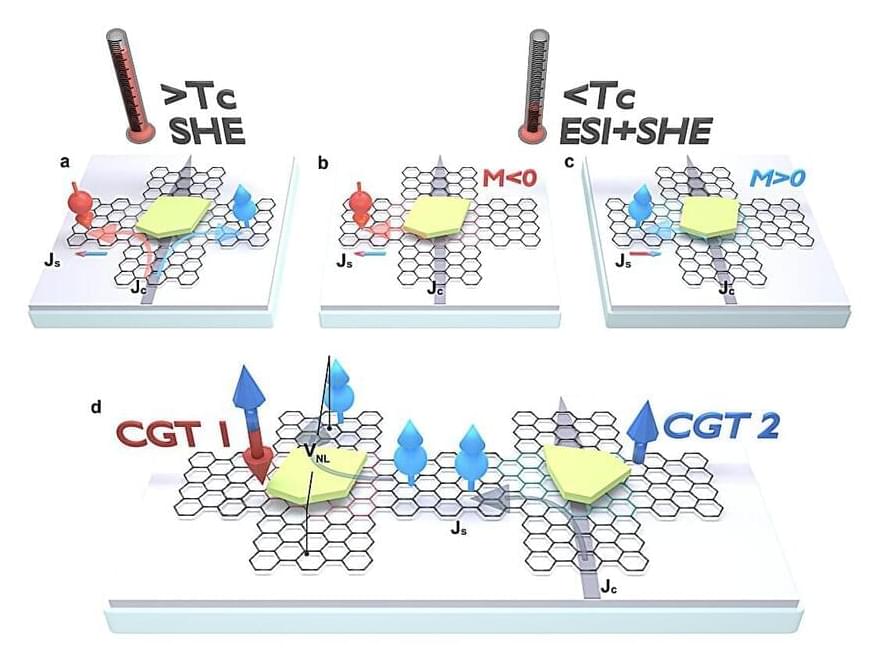Nov 21, 2024
Heard of Washi Craft Paper? This Japanese Company Uses It to Make Stylish Jackets
Posted by Quinn Sena in category: biotech/medical
Plant based fabric can help reduce exposure to oil based fabrics so there are less cancer risk with clothing. Washi is made many different ways but can be done even with paper pulp and also paper thread.
“The fabric is soft, resistant to water, and it is even washable,” said 61-year-old company president and granddaughter of the founder, Akemi Kawamura, describing the characteristics of washi jackets.
Japanese paper is cut thin and twisted into threads before being woven into fabrics with special machines. “It’s light and airy, so it’s warm in winter, but breathable and comfortable in the summer,” she said.


















